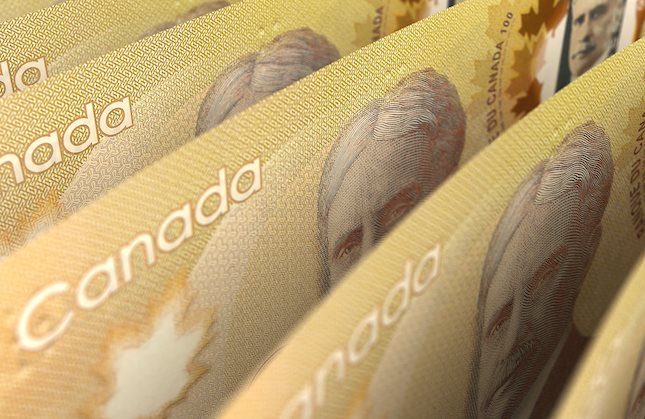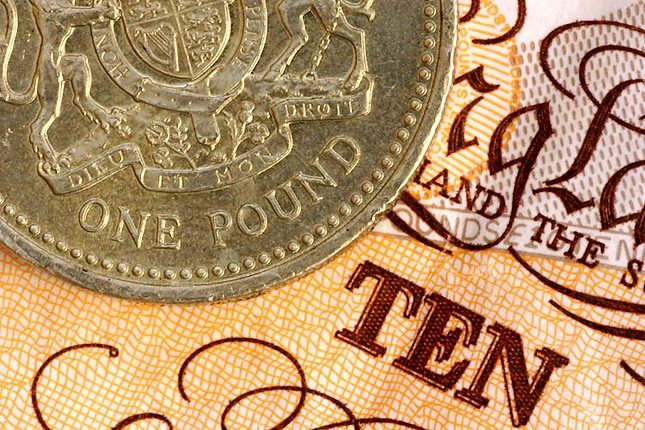Gold climbs to record highs on Mid East geopolitical concerns, US election nerves
- Gold climbs to new ATH at $2,774 as mixed US data bolsters expectations of a Fed rate cut in November.
- Safe-haven demand remains strong amid heightened Middle East conflict, Ukraine war, and rising odds for a Trump victory in US elections.
- Investors await key economic data this week, including GDP, Nonfarm Payrolls, and the PCE Price Index, which could impact the Fed's path.
Gold hit a new all-time high (ATH) of $2,774 late in the North American session amid a risk-on mood and a retracement in US Treasury yields. Following the release of mixed US data on Tuesday, investors seem convinced that the Federal Reserve will lower borrowing costs at the November meeting.
The XAU/USD trades at $2,773, gains over 1%, within striking distance of cracking the ATH after bouncing off daily lows of $2,739.
The US Department of Labor revealed that the September Job Openings and Labor Turnover Survey (JOLTS) fell to its lowest level in three and a half years, missing analysts' expectations. Meanwhile, October's Conference Board (CB) Consumer Confidence showed its most impressive gain since March 2021.
Gold traded slightly below its opening price at the beginning of the week and is down by 0.15%, weighed down by rising US Treasury yields. Market players prepare for a busy economic docket in the United States (US), as the data will be crucial with investors looking for cues for the Federal Reserve’s (Fed) monetary policy path.
Meanwhile, traders are closely watching the upcoming US election on November 5. According to polling site FiveThirtyEight, Trump's chances of winning have risen to 52% compared to 48% for Vice President Kamala Harris. Despite this, the Democratic nominee still holds a slight lead in most national polls.
Gold remains supported by safe-haven flows amid the ongoing conflict in the Middle East and the escalation of the war in Ukraine following reports that North Korea has sent troops to Russia.
Traders are also awaiting a busy economic schedule, which will feature a tranche of job data: ADP Employment Change, Initial Jobless Claims, and Nonfarm Payrolls.
Other data will be revealed like the Gross Domestic Product (GDP) for the third quarter of 2024, the ISM Manufacturing PMI, and the Fed’s preferred inflation gauge — the Personal Consumption Expenditures (PCE) Price Index.
Daily digest market movers: Gold price boosted amid upbeat mood
- The US Dollar Index (DXY), which tracks the Dollar's value against a basket of six currencies, is flat at 104.27.
- US JOLTS for September diminished from 7.861 million to 7.443 million, below estimates of 7.99 million.
- The Conference Board (CB) Consumer Confidence in October improved to 108.7 from 99.1, exceeding the forecast of 99.5.
- The US Bureau of Economic Analysis will reveal Wednesday's GDP for the third quarter. Estimates suggest the economy grew 3% QoQ.
- The Atlanta Fed GDP Now model suggests the economy grew by 3.3% in Q3 2024.
- Data from the Chicago Board of Trade, via the December fed funds rate futures contract, shows investors estimate 49 bps of Fed easing by the end of the year.
XAU/USD technical outlook: Gold price rallies to an all-time peak
Gold price rally resumed on Tuesday, set to test the $2,800 if buyers extend XAU/USD advance past $2,775. A breach of the latter will expose $2,800, followed by the psychological $2,850 mark and the $2,900 figure.
On the other hand, if sellers move in and push prices below $2,750, the next support would be $2,700. Up next the September 26 swing high, which turned support at $2,685, followed by the 50-day Simple Moving Average (SMA), which turned support at $2,603.
Momentum suggests the non-yielding metal could consolidate as the Relative Strength Index (RSI) remains bullish, aiming higher, breaking the last peak. This means that buyers are gathering steam.
Gold FAQs
Gold has played a key role in human’s history as it has been widely used as a store of value and medium of exchange. Currently, apart from its shine and usage for jewelry, the precious metal is widely seen as a safe-haven asset, meaning that it is considered a good investment during turbulent times. Gold is also widely seen as a hedge against inflation and against depreciating currencies as it doesn’t rely on any specific issuer or government.
Central banks are the biggest Gold holders. In their aim to support their currencies in turbulent times, central banks tend to diversify their reserves and buy Gold to improve the perceived strength of the economy and the currency. High Gold reserves can be a source of trust for a country’s solvency. Central banks added 1,136 tonnes of Gold worth around $70 billion to their reserves in 2022, according to data from the World Gold Council. This is the highest yearly purchase since records began. Central banks from emerging economies such as China, India and Turkey are quickly increasing their Gold reserves.
Gold has an inverse correlation with the US Dollar and US Treasuries, which are both major reserve and safe-haven assets. When the Dollar depreciates, Gold tends to rise, enabling investors and central banks to diversify their assets in turbulent times. Gold is also inversely correlated with risk assets. A rally in the stock market tends to weaken Gold price, while sell-offs in riskier markets tend to favor the precious metal.
The price can move due to a wide range of factors. Geopolitical instability or fears of a deep recession can quickly make Gold price escalate due to its safe-haven status. As a yield-less asset, Gold tends to rise with lower interest rates, while higher cost of money usually weighs down on the yellow metal. Still, most moves depend on how the US Dollar (USD) behaves as the asset is priced in dollars (XAU/USD). A strong Dollar tends to keep the price of Gold controlled, whereas a weaker Dollar is likely to push Gold prices up.
Forex News
Keep up with the financial markets, know what's happening and what is affecting the markets with our latest market updates. Analyze market movers, trends and build your trading strategies accordingly.























